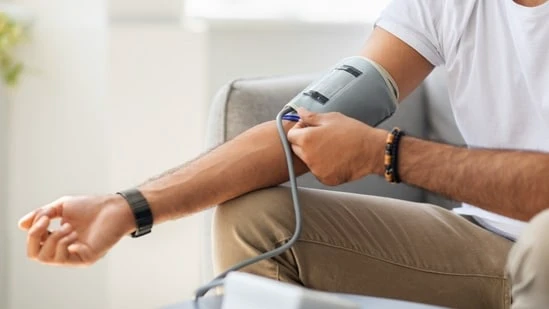Keeping track of your blood pressure at home can be a great way to stay on top of your heart health, especially if you’re managing hypertension or other cardiovascular conditions.
But are you doing it the right way? Cardiologist Danielle Belardo shares in her November 1, 2024 Instagram post some simple tips to help you check your blood pressure accurately at home and avoid common mistakes.
“Let’s discuss home blood pressure monitoring. How do we ensure patients get the best readings? Preparation, arm position, and other small factors can change your BP reading by 10% or more,” Dr Danielle explained in her post. Here’s everything she recommends:
How to choose the right device
- Use a brachial (upper arm) cuff – it’s more accurate than wrist cuffs.
- Avoid manual (auscultatory) devices unless you’re trained; automated monitors are more reliable for at-home use.
- Get a monitor with memory – look for a device that stores your readings or connects to your phone via Bluetooth.
- Cuff size matters – make sure the cuff fits your arm correctly for accurate readings.
- Verify your device – take it to your doctor’s clinic or pharmacy to compare its readings with their equipment.
Before you check your BP
- Avoid smoking, caffeine, or exercise 30 minutes before.
- Rest quietly for 5 minutes before measuring.
Sit correctly
- Sit with your back straight and supported.
- Keep feet flat on the ground, legs uncrossed.
- Rest your arm on a flat surface, keeping the upper arm at heart level.
How and when to take readings
- Place the cuff on your bare upper arm, about an inch above your elbow crease.
- Take at least two readings, one minute apart.
- Measure once in the morning (before medications) and once at night (before dinner).
- Track your BP daily, or even twice a day if advised.
Bring your device and readings to your doctor
- This helps your doctor make more accurate treatment decisions.
- It also helps distinguish between true hypertension, masked hypertension, and white coat hypertension.
